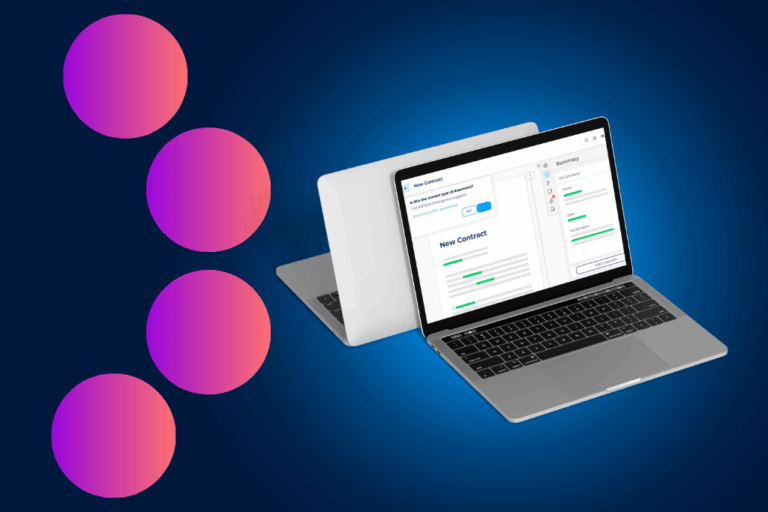Over the last few years, the rules governing lease accounting have changed for companies. Everything is defined by the – very dark – IFRS 16 standard, which is sometimes difficult to understand.
This article sheds light on its impact.
IFRS 16, definition and scope of application
Applicable from January 1, 2019, IFRS 16 is an international accounting standard. It aims to synchronize lease accounting for all companies worldwide. IFRS 16 was introduced to create a reference framework and put leasing and purchasing companies on an equal footing, so that they can easily compare their balance sheets. The standard no longer distinguishes between operating and finance leases.
What does this mean in concrete terms? Are there any accounting examples?
Means of transport, infrastructure, equipment… today, many companies prefer to lease their assets rather than buy them. And while purchases appear on a company’s balance sheet, leases did not until 2019! However, the assets of a company with a large number of rentals on the market are not negligible.
IFRS 16 was introduced to provide a clear picture of these rental assets. This means that it can be clearly reflected in company sales, and avoids any confusion between a company that has assets derived from purchases and one that has assets derived from rentals. After all, both may have the same quantity of assets. IFRS 16 standardizes balance sheet results, making them easier to read for financial analysts and investors alike, and enabling comparative studies between companies.
Why does IFRS 16 exist?
The introduction of IFRS 16 responds to the need for transparency and consistency in lease accounting. Previously, leases were often accounted for off-balance sheet, giving a distorted picture of the financial statements of the companies concerned. Prior to the introduction of IFRS (including IFRS 16), leases were referred to as International Accounting Standards or IAS.
The purpose of the standard is to oblige companies to better structure their accounting and financial processes (particularly for leases). In this way, both investors and analysts have a better understanding of companies’ financial statements. What’s more, the strict application of this standard makes it easier to compare companies, whether they choose to buy or lease their assets.
The impact is also felt on cash flow, as lease expenses are no longer recorded solely as operating expenses. By also including depreciation and interest, the structure of costs and profits is no longer the same as it would have been without IFRS 16.
Finally, companies must also adapt their management of ancillary services linked to leasing contracts. Some of these services must be separated from the accounting of the leased asset, implying a better distinction between direct and indirect costs. This requirement strengthens monitoring and control obligations, often necessitating more powerful management tools to ensure compliance with the new regulatory expectations.
IFRS 16 for dummies
Before implementing an accounting standard such as IFRS 16, it is important to take these specific features into account.
Who is affected by IFRS 16 (and who is not)?
This also applies to companies that have adopted IFRS or are located in a country where IFRS is the standard. In fact, companies listed on the stock exchange depend on this standard.
IFRS 16 does not apply to all assets (except vehicles) valued at less than US$5,000. Assets with a lease term of less than 12 months are also not accounted for.
What impact does IFRS 16 have on companies?
From a numerical point of view, the balance sheets of companies holding leases show that, paradoxically, they have more capital but also more debt. This requires careful reading and the support of experts who are familiar with IFRS 16 and its effects.
How can IFRS 16 be applied more easily?
Applying IFRS 16 correctly means identifying all the leases concerned. Depending on the company, these contracts can number in the hundreds or even tens of thousands. This raises logistical questions: do we have the internal resources to handle this workload? Do we have the necessary tools? How will the process be monitored? What financial impact will all this have on our organization?
The use of an online contract management solution coupled with artificial intelligence, such as DiliTrust’s, can be a considerable force in a company’s implementation of IFRS 16.
How can a CLM with AI help apply IFRS 16?
Contract management software (or CLM), like that offered by DilITrust, is a program that dematerializes and centralizes, in the Cloud, all contracts issued, received and signed by a company. Known as a “digital contract library“, this functionality is linked to a tool that enables you to retrieve all the contract information you need, at any time and in any place, for any type of contract.
When it comes to implementing and monitoring compliance with IFRS16, software like DiliTrust that benefits from this functionality is an asset for two reasons.
Firstly, thanks to its proprietary artificial intelligence, which automatically recognizes important data in your contracts. Within the IFRS16 framework, AI can isolate any useful and related contractual data. It then automatically structures this data into a summary sheet. In this way, all the necessary data can be quickly and easily read and analyzed.
In addition, a CLM facilitates data exports and facilitates their integration into tools dedicated to IFRS16. DiliTrust, for example, is linked to APIs. These enable interconnection between tools and automate data transfer to facilitate your audits.
Want to find out more? Contact our experts today !


